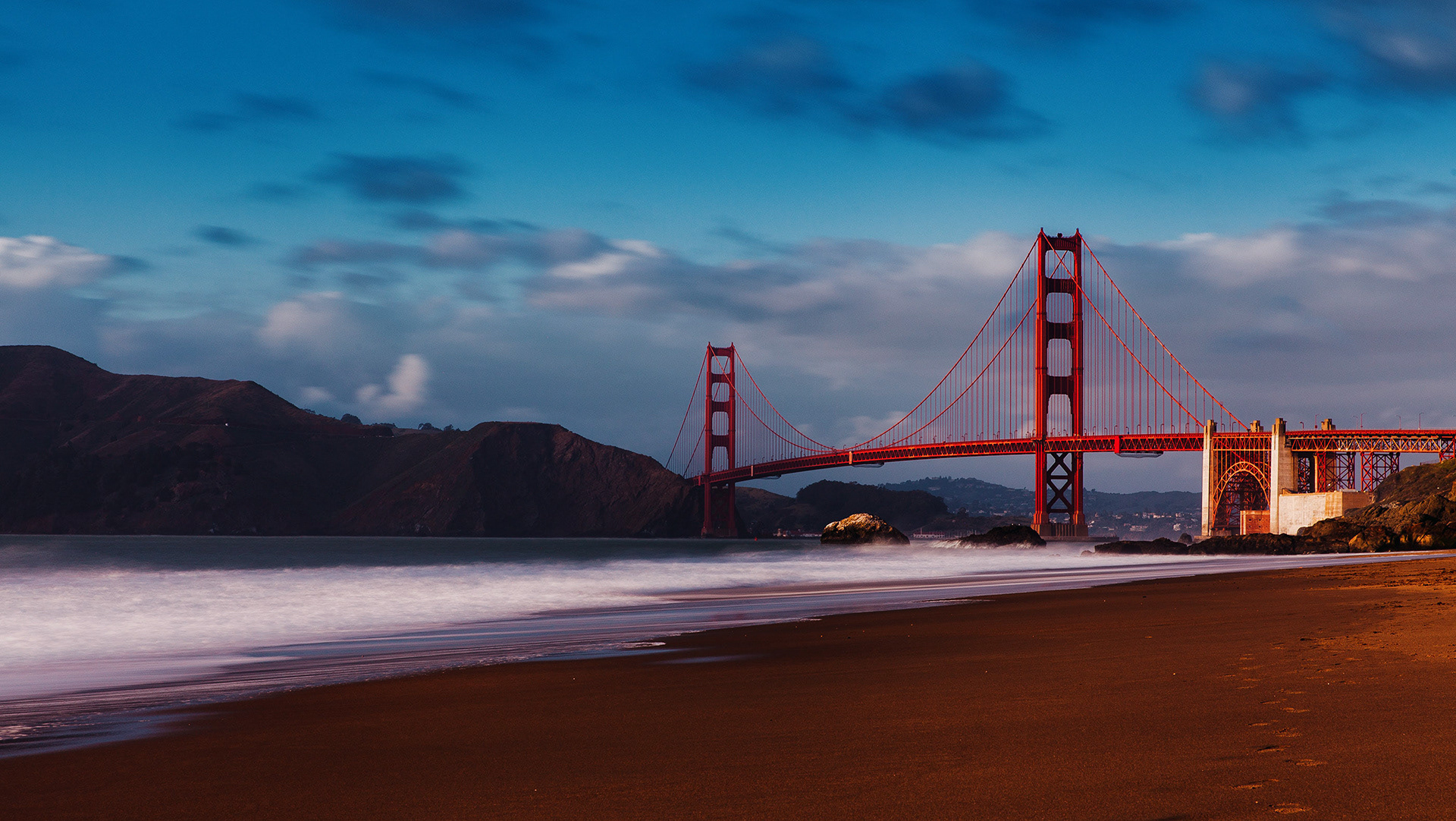Qingdao (also known as Tsingtao), is regarded by some Chinese as one of the most beautiful and clean cities in China. It has a population of around 3.5 million (8 million regional) and is the largest city in Shandong Province. The name Qingdao means The Blue/Green Island. In 2012, Qingdao was named China's most livable city.
Living in Qingdao for a considerable amount of time, I've come to appreciate its unique charm, which sets it apart from other Chinese cities. Part of this allure may stem from its distinctively German-influenced culture, evident in its sometimes more Westernized urban planning. Another reason might be its unique island structure, varied topography, and dramatic landscapes, which contribute to its distinctive scenery. Each experience in this city offers new perspectives and discoveries.
Qingdao Skyline from Westin Hotel
The undersea tunnel connects Qingdao and Huangdao
Winter Morning
Qingdao is a city steeped in China's 20th century history. It was taken as part of the Imperial German Concession of Jiaozhou Bay. Despite ongoing discussions with Chinese authorities about giving the Germans a territory, on 7 November 1897, they landed troops. Their pretext was the murder of two missionaries on 1 November of that year.
The concession treaty was signed on 6 March 1899, for a 99-year lease. The Germans acquired it as a relatively unimportant town of about 1,000 inhabitants. Yet by 1902, it had grown to 668 Caucasians and 15,000 Chinese.
Clear sky
City Skyline of Qingdao
Seaside of the Olympic Sports Center
Hongkong Rd.
Downtown Area
Seagull flying on the beach
Apple Store
Qingdao's early summer is quite an enjoyable season, although it can be humid near the sea shore. Late summer can become hot, while other places of Northern China start to feel cooler. The climate in late fall and winter can be harsh but snow patches can generally last no longer than a few days. Qingdao is an ideal destination if you want to combine sea-side fun with your trip to China.
Huangdao, The New Westcost District
TAG Art Museum designed by Jean Nouvel
TAG Art Museum designed by Jean Nouvel
A normal working day
While Qingdao has a long history, the eastern half of the city has been built since 1993, and there is no sign of it slowing down. In 2008, it hosted the sailing events of the 2008 Summer Olympics in Beijing.
© Photo by Uran Wang
Equipments: Canon 5DMarkIV / Leica Q / Leica M240 / Leica M11









